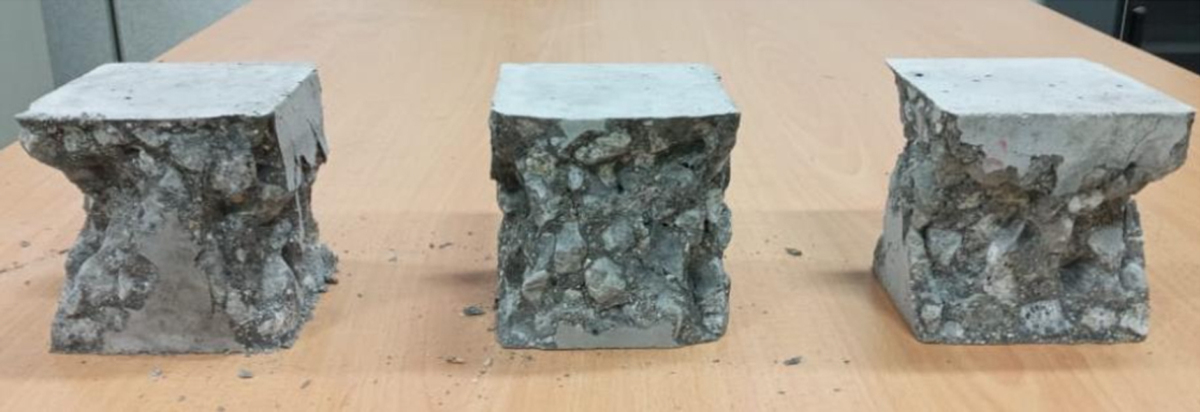Utilization of asphalt plant waste powder as a partial cement replacement in concrete
1
Faculty of Civil Engineering & Technology,, Universiti Malaysia Perlis (UniMAP), Malaysia
2
Center of Excellence Geopolymer & Green Technology (CEGeoGTech), Universiti Malaysia Perlis, Malaysia
3
Faculty of Chemical Engineering & Technology, Universiti Malaysia Perlis, Malaysia
4
School of Housing, Building and Planning, Universiti Sains Malaysia, Malaysia
5
Faculty of Civil Engineering, University of Technology Malaysia (UTM), Malaysia
6
Department of Physics, Faculty of Production Engineering and Materials Technology, Czestochowa University of Technology, Poland
7
Department of Technology and Automation, Faculty of Mechanical Engineering and Computer Science, Czestochowa University of Technology, Poland
Submission date: 2023-10-29
Final revision date: 2024-02-14
Acceptance date: 2024-06-19
Publication date: 2025-06-16
Corresponding author
Rafiza Abd Razak
Faculty of Civil Engineering & Technology,, Universiti Malaysia Perlis (UniMAP), Malaysia
Faculty of Civil Engineering & Technology,, Universiti Malaysia Perlis (UniMAP), Malaysia
Archives of Civil Engineering 2025;71(2):491-501
KEYWORDS
concretecompressive strengthflexural strengthasphalt plant waste powder (APWP)ultrasonic pulse velocity (UPV)
TOPICS
ABSTRACT
Asphalt Plant Waste Powder (APWP) is a sort of waste that asphalt mixing facilities produce in enormous amounts. These materials have the potential to cause a plethora of new health and environmental concerns; thus, they should be changed into something more useful and environmentally friendly. This substance comprising silicon and aluminium, which can be utilised as a cement substitute or in building. Utilization of APWP is a novel, since very limited research has used this material especially in concrete. This study will evaluate the use of Asphalt Plant Waste Powder (APWP) as a cement substitute in order to produce regular, usable concrete. This study aims to determine the ideal amount of cement replacement by APWP for use as a building material and to manufacture normal concrete with a density of less than 2400 kg/m3. To partially replace cement, four proposed percentages of 10%, 20%, 30%, and 40% are utilised. Compressive and flexural strength were examined at 28 days throughout the project. All specimens were water-cured prior to being examined. The optimal replacement of cement by APWP is therefore 10% with compressive strength of 53.75 MPa, density of 2456 kg/m3, Ultra Pulse Velocity (UPV) of 3.82 km/s, and flexural strength of 5.84 MPa. Consequently, it is suggested that APWP can be utilised as a cement alternative at a replacement rate of 10%.
Share
RELATED ARTICLE
We process personal data collected when visiting the website. The function of obtaining information about users and their behavior is carried out by voluntarily entered information in forms and saving cookies in end devices. Data, including cookies, are used to provide services, improve the user experience and to analyze the traffic in accordance with the Privacy policy. Data are also collected and processed by Google Analytics tool (more).
You can change cookies settings in your browser. Restricted use of cookies in the browser configuration may affect some functionalities of the website.
You can change cookies settings in your browser. Restricted use of cookies in the browser configuration may affect some functionalities of the website.




